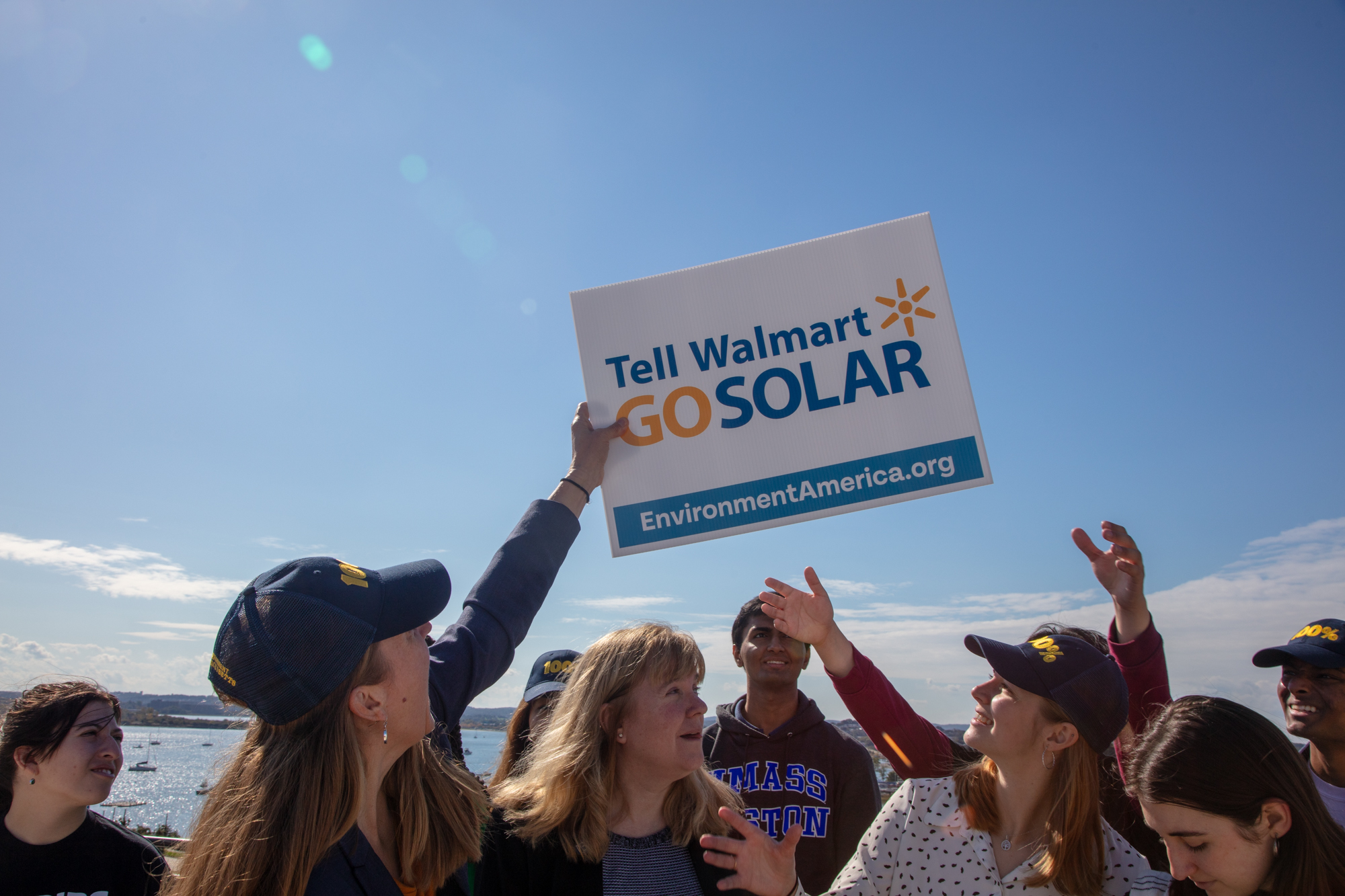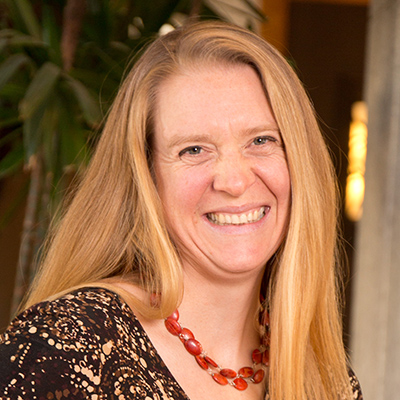
America’s clean energy revolution
What does the combination of the Biden presidency, a Republican-controlled Senate and a Democratic-controlled House mean for the future of America’s energy policy?
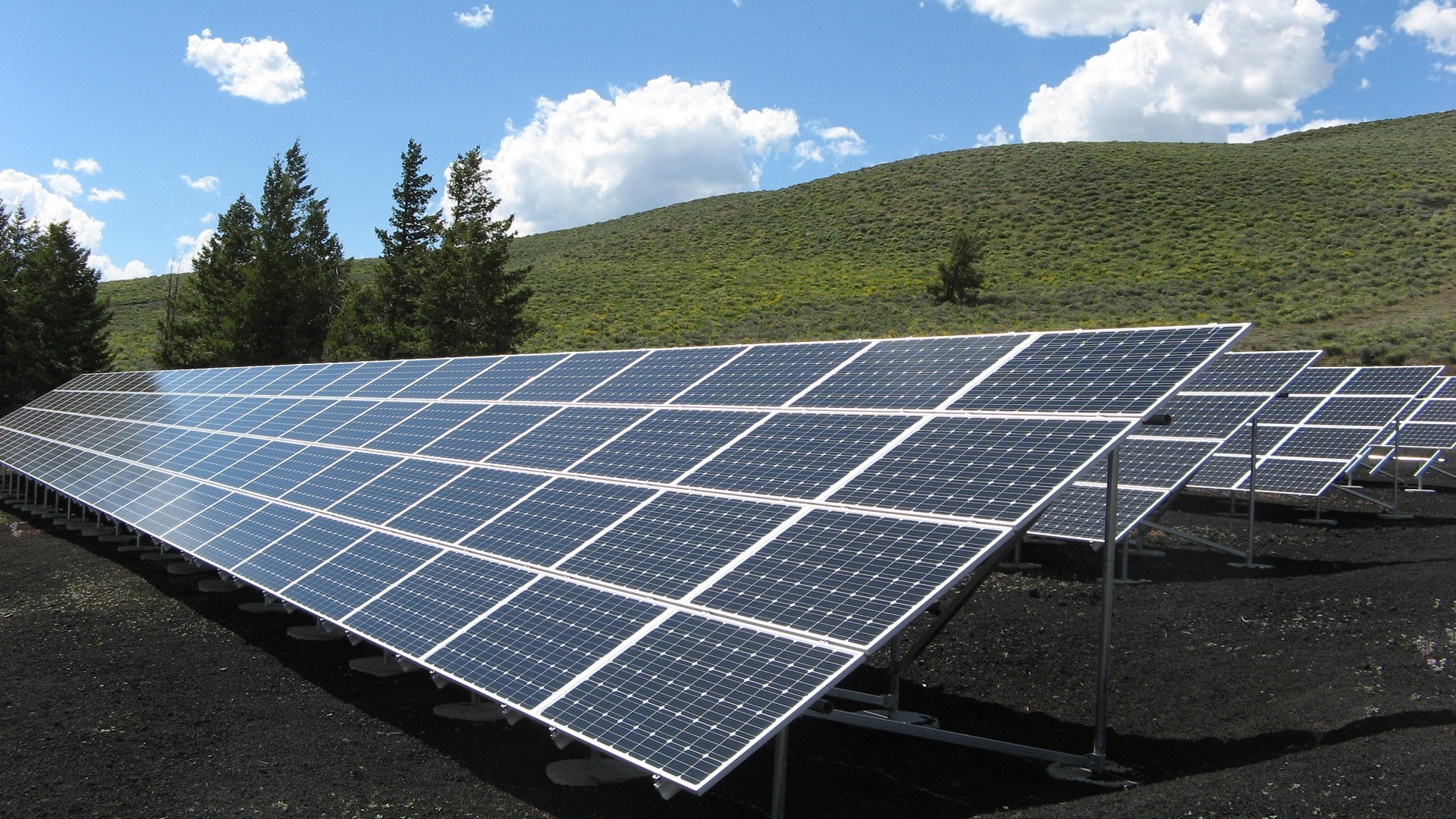
The short answer is there will be openings at the federal level, but that largely the movement for comprehensive and enduring clean energy progress is likely to take place in our nation’s laboratories of democracy – our states and cities.
This has always been the case. Thanks to states enacting clean energy standards, ambitious solar programs and more, America produces almost five times as much renewable electricity in 2019 from the sun and wind as it did in 2009. Looking ahead, five key state decisions could further draw the line between America’s dirty energy past and a bright clean energy future.
#1 Growing clean energy in Pennsylvania
States setting goals for how much energy they will get from clean renewable sources has been a key driver of clean energy’s growth. In Pennsylvania, that commonwealth’s 16-year-old alternative energy portfolio standard (AEPS) is set to flatline in 2021 without action by the state’s General Assembly and the governor. The AESP is similar to a renewable energy standard, a widely-adopted state-level policy that requires electric utilities to get a certain percentage of the energy they sell their customers from renewable sources. Currently, the regulations require utilities to get a very modest 8 percent of their overall energy mix from renewables and merely 0.5 percent from solar. Those requirements barely scratch the surface of Pennsylvania’s vast renewable energy potential. An update in 2021 is necessary in order to expand wind, solar and other clean energy technologies in the Keystone State. PennEnvironment Research & Policy Center is partnering with environmental groups, clean energy businesses, religious and public health groups, and others to ensure that the state legislature renews, expands and improves this nearly two-decade-old law.
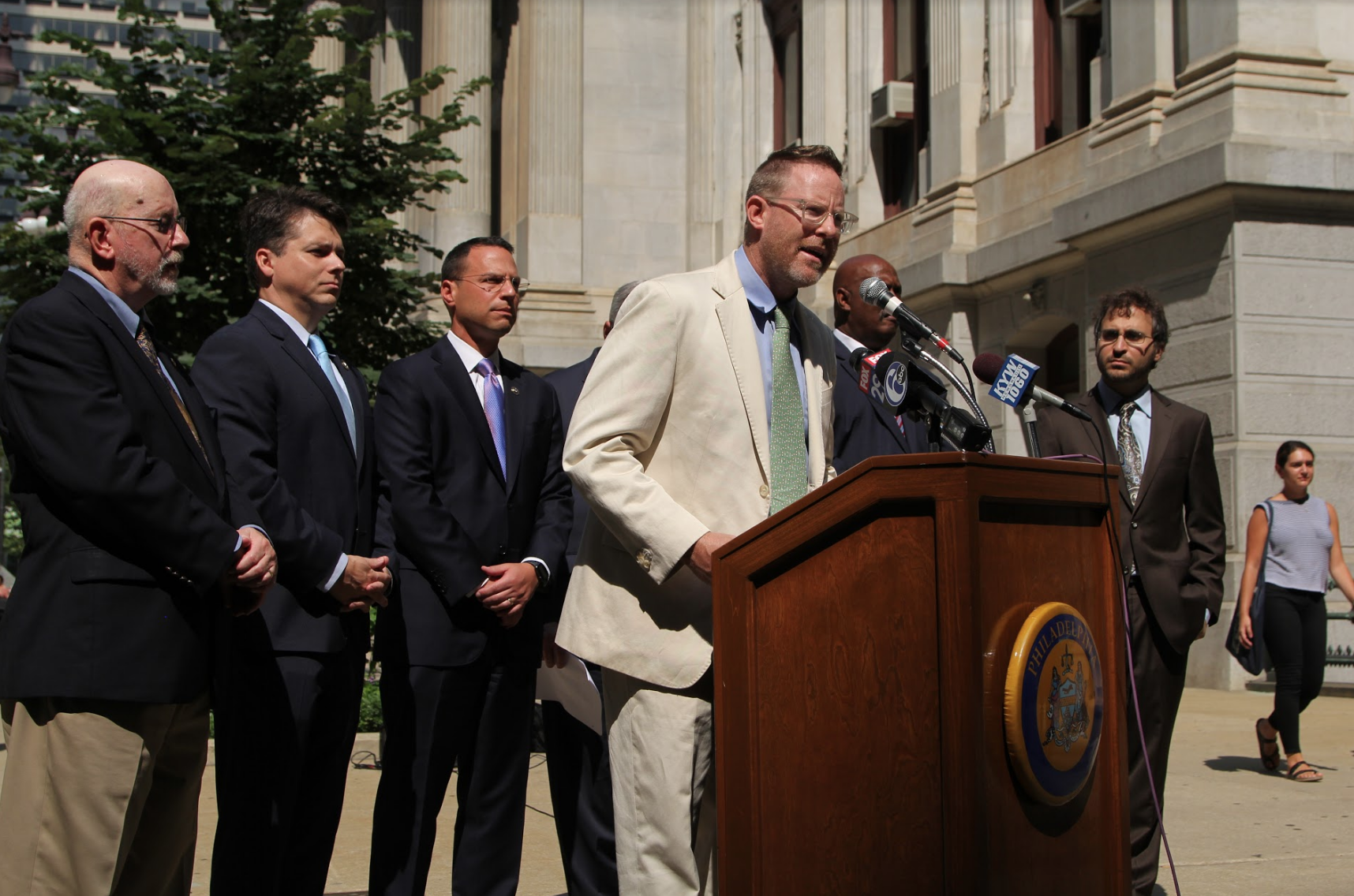
PennEnvironment’s David Masur talking with the media about the need to reduce pollution to protect our environment.
#2 Accelerating 100 percent clean energy in California
Following fires that burnt a record-breaking 4 million acres in California this year, Gov. Gavin Newsom tasked his administration with assessing his state’s climate change strategies and to “accelerate all of them—across the board.” Referring to the state’s 100 percent clean energy by 2045 goal, Gov. Newsom said: “I think 2045’s too late.”
That’s why we are now campaigning for California to move its 100 percent clean electricity target up from 2045 to 2030. We’ve identified three opportunities to lock in this goal. We’re urging Gov. Newsom to issue an executive order calling for the state to reach 100 percent clean energy by 2030. We’re also weighing in with the California Energy Commission (CEC) and encouraging them to be as favorable as possible about moving forward the timeline to reach 100 percent clean energy, and working with the General Assembly to pass legislation that moves the 100 percent clean energy plan forward from 2045.
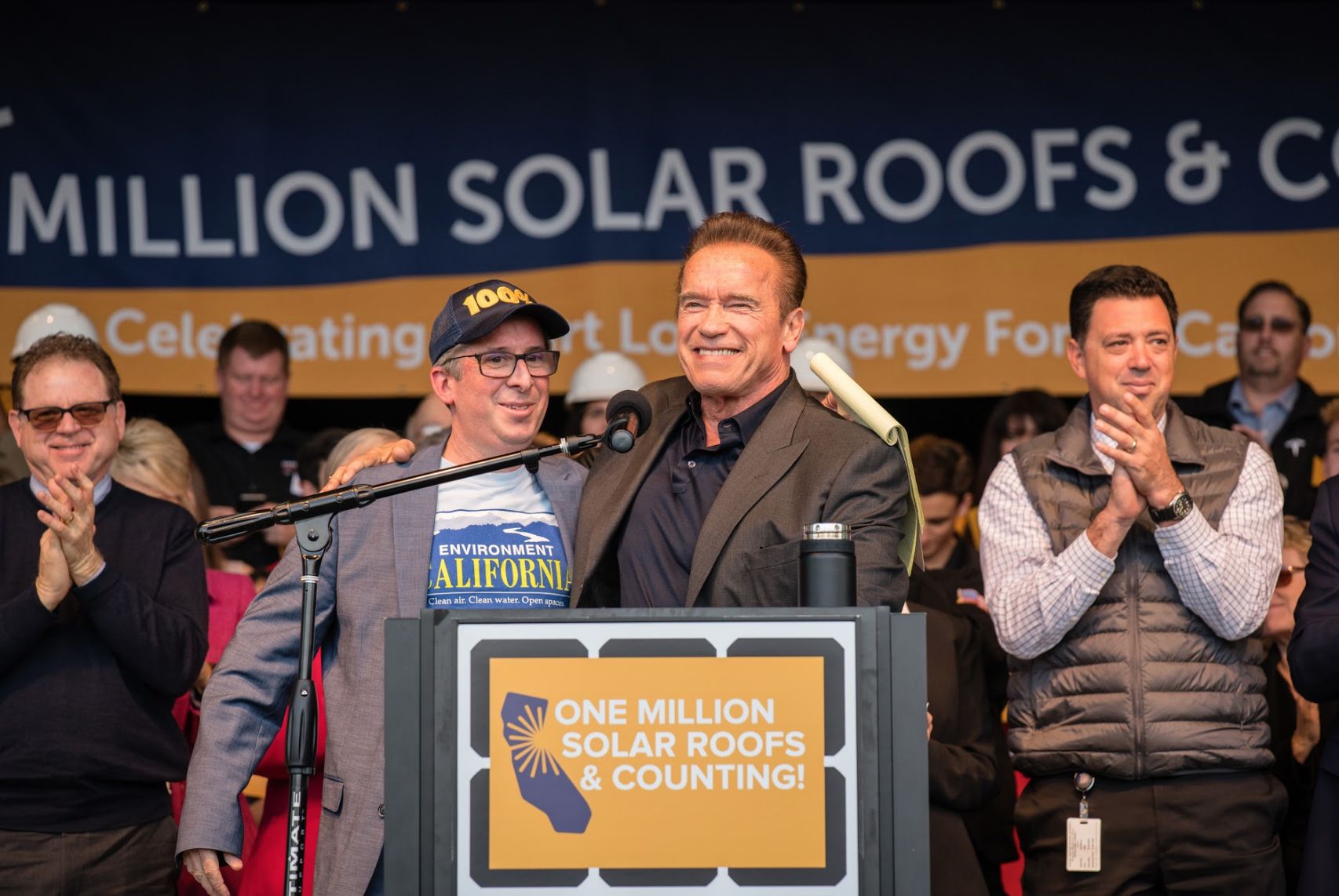
Environment California’s Dan Jacobson celebrates reaching the Million Solar Roofs milestone alongside former Governor Schwarzenegger (photo credit: Tomas Ovalle)
#3 Winning 100 percent renewable commitments in Florida
Florida is the third-most populous state in America and because it’s not only a proving ground on clean energy but is also a swing state, clean energy victories that happen in Florida don’t stay in Florida.
Tampa is one of the fastest growing cities in Florida and is situated in the middle of the politically important I-4 corridor. The city, like many others in Florida, is already facing such climate impacts as flooding and ocean acidification. Tampa’s new mayor ran on a platform of 100 percent by 2045, and the city council wants to prove that they can be just as forward-thinking on energy as St. Petersburg, which has already committed to 100 percent renewable energy. These political dynamics present an opportunity to get Tampa to commit to 100 percent renewable energy by 2030.
If Tampa announces a 100 percent renewable energy goal that will mean that all three of the major cities situated in the I-4 corridor will have made this important clean energy pledge. With this politically purple area, which stretches from Orlando to Tampa Bay, representing a huge portion of Florida’s population, a 100 percent commitment will have a huge impact on both the 40 percent of state’s population that lives within 100 miles of this area and on other parts of the country considering taking a more aggressive approach to renewable energy policy.
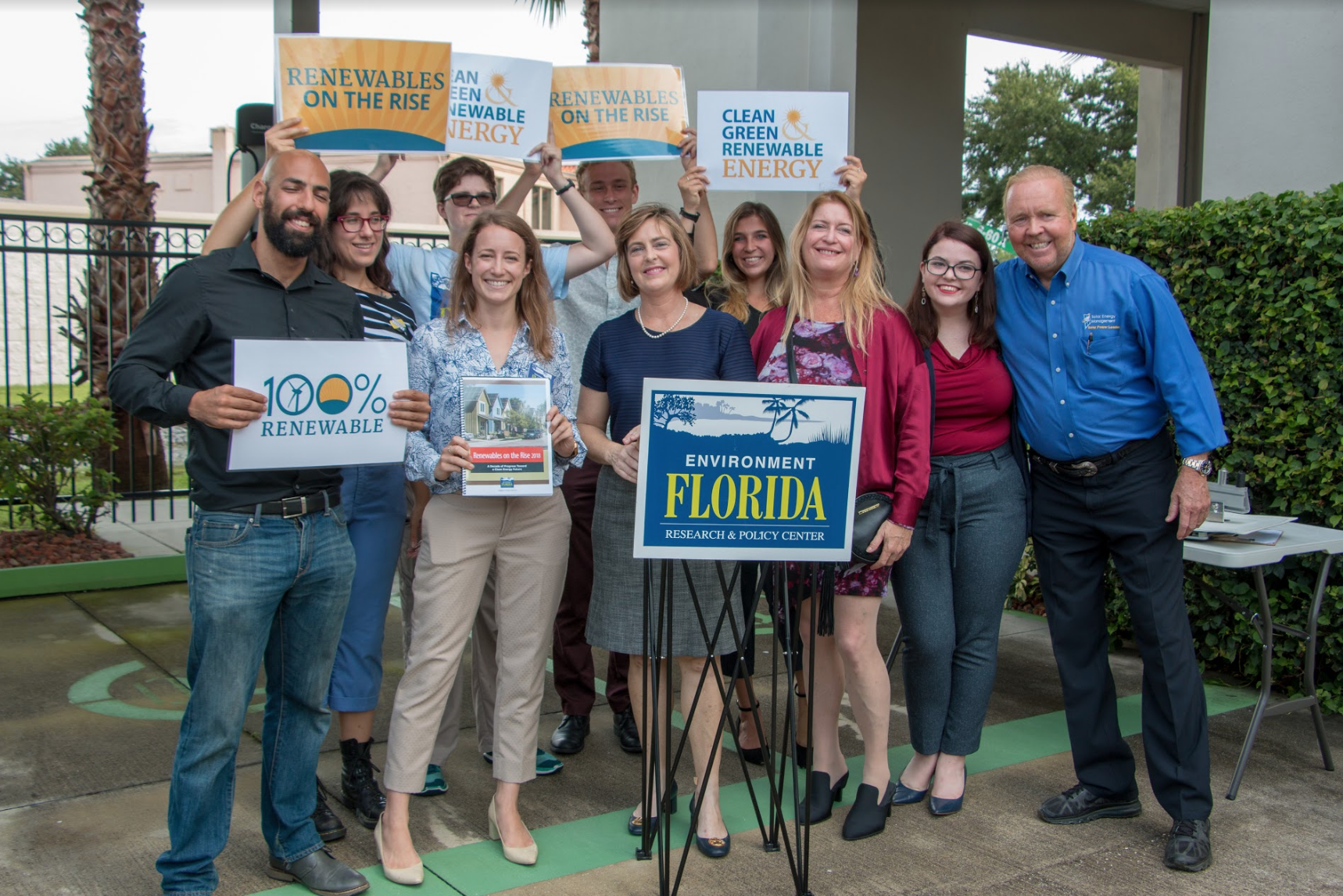
Environment Florida staff and supporters campaigning for renewable energy in the Sunshine State.
#4 Propelling Illinois from utility scandal to clean energy
Over the past decade, utilities have dominated Illinois’ state energy policy. The legislature has passed laws to radically invert regulation in the utilities’ favor as these large energy suppliers have used their leverage to thwart progress toward renewable energy. This summer, electric utility Commonwealth Edison admitted in a deferred prosecution agreement that it built this power in part through a corrupt bribery scheme to influence Illinois’ incredibly powerful House Speaker.
While ComEd will pay a $200 million fine and is cooperating with federal investigators, the legacy of the pro-fossil fuel policies from the past decade must be addressed. This includes fixing broken policies that have led to a boom-bust renewable energy development cycle. Changes must include making grid planning open and transparent to maximize distributed energy and storage; returning the utilities’ ill-gotten gains to consumers through refunds or reinvestment in beneficial programs like energy efficiency and weatherization; and restoring traditional regulatory oversight to utility spending — in particular on fossil fuel infrastructure such as gas distribution systems.
Thankfully, Gov. JB Pritzker is positioned to lead and build on his commitment to 100 percent renewable energy. An agenda he released in August prioritizes meaningful utility reforms, including the policy Environment America has championed to stem gas utility overspending. Because of the governor’s new agenda, it is expected that major energy policy change will occur by the end of May 2021, if not earlier.
#5 Bubbling up 100 percent renewable energy in Georgia
In 2017, Environment Georgia Research & Policy Center launched a campaign to convince municipalities in the Peach State to commit to getting 100 percent of their energy from clean renewable sources. To date, the effort has led to Athens, Savannah and Atlanta — three of Georgia’s largest cities/counties — jumping on board. With major political shifts occurring in the state, 2021 is poised to be the year when an even more diverse set of Georgia cities make this commitment and the 100 percent conversation starts taking place at the statewide level.
While each of these states are very different, they all have the opportunity to do something historic. These campaigns present a golden opportunity to draw the line between our dirty energy past and our bright renewable energy future.
Topics
Authors
Johanna Neumann
Senior Director, Campaign for 100% Renewable Energy, Environment America Research & Policy Center
Johanna directs strategy and staff for Environment America's energy campaigns at the local, state and national level. In her prior positions, she led the campaign to ban smoking in all Maryland workplaces, helped stop the construction of a new nuclear reactor on the shores of the Chesapeake Bay and helped build the support necessary to pass the EmPOWER Maryland Act, which set a goal of reducing the state’s per capita electricity use by 15 percent. She also currently serves on the board of Community Action Works. Johanna lives in Amherst, Massachusetts, with her family, where she enjoys growing dahlias, biking and the occasional game of goaltimate.
Find Out More
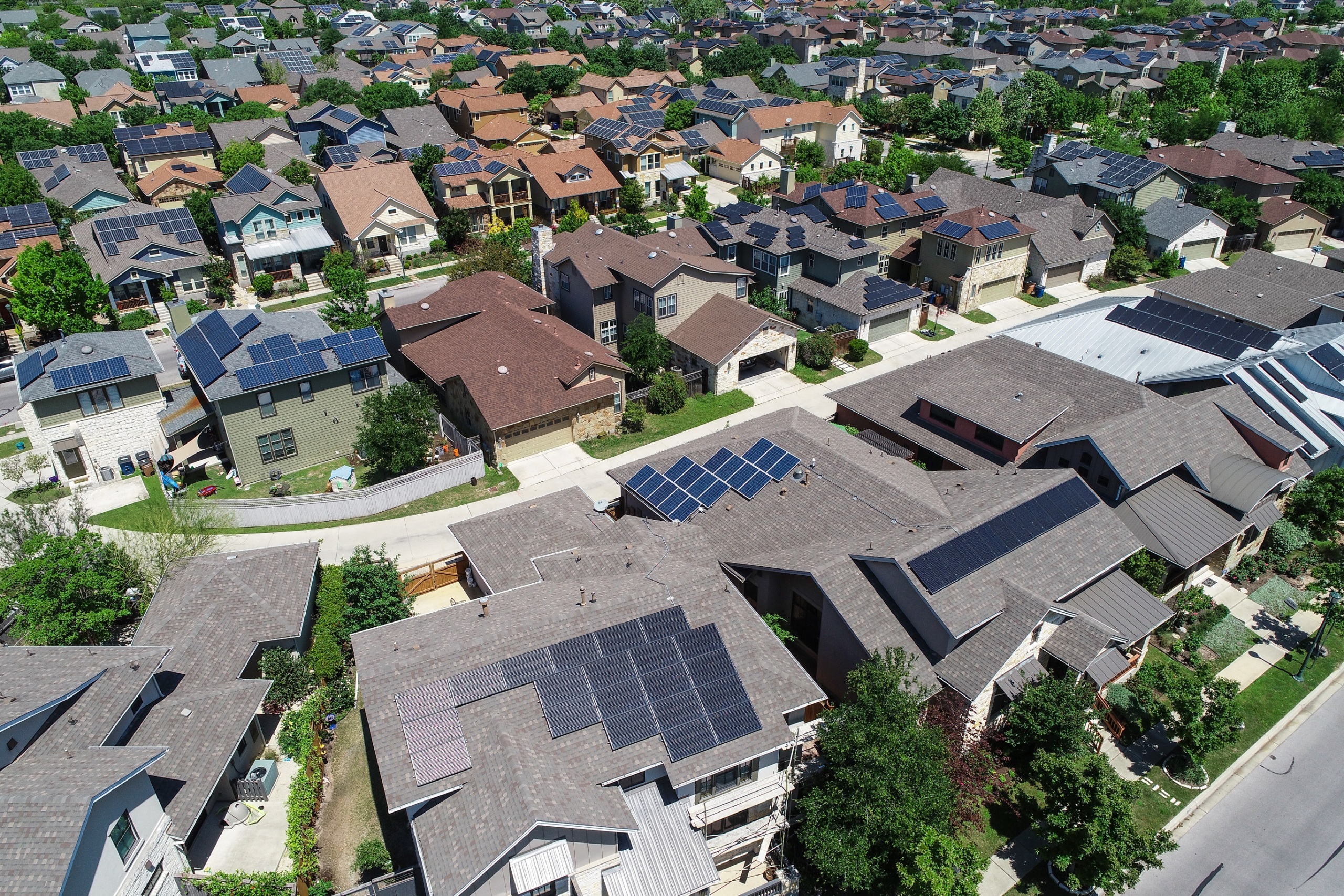
Installing Rooftop Solar Panels in Pennsylvania
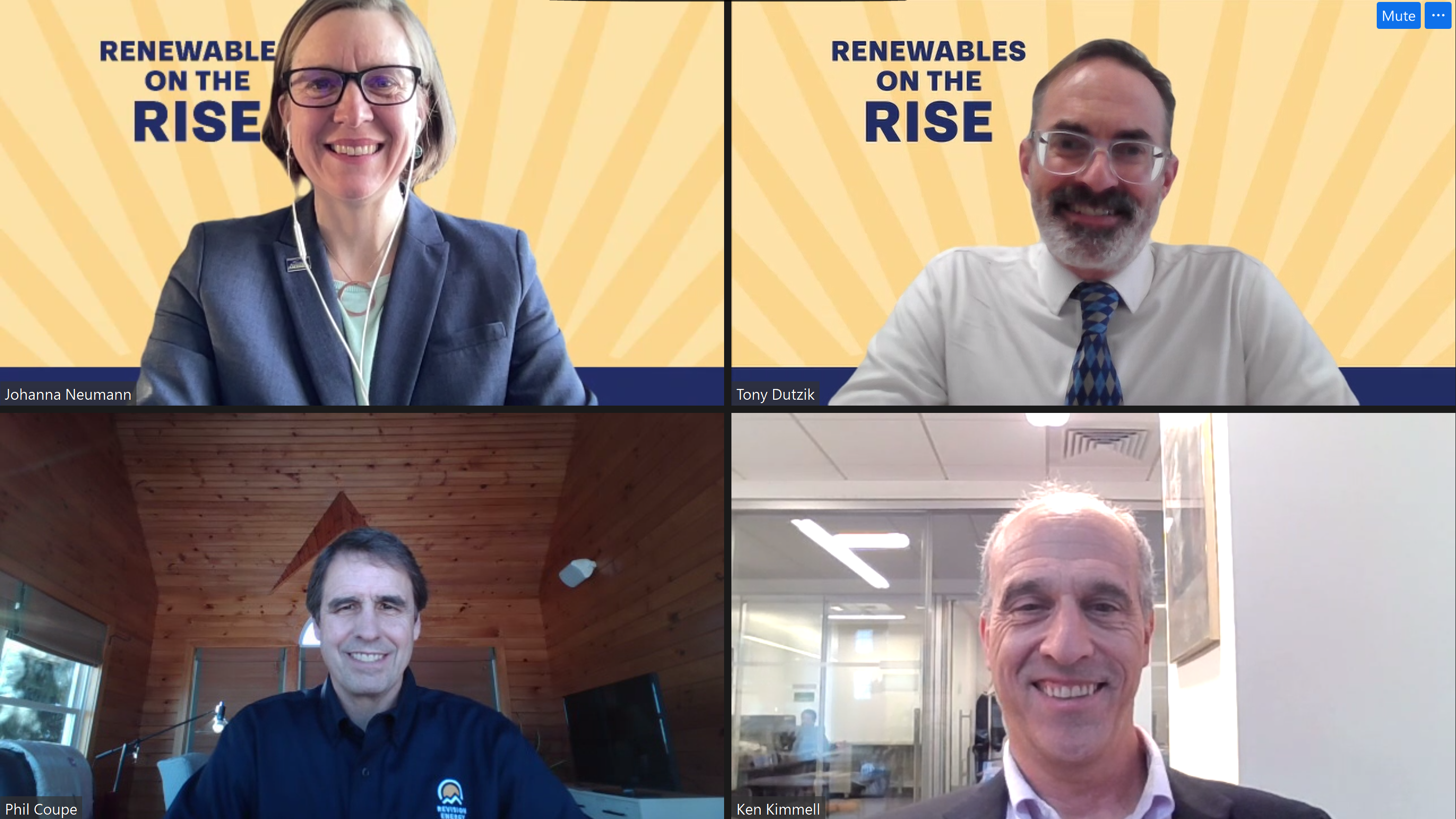
Key takeaways from Renewables on the Rise: Success Stories
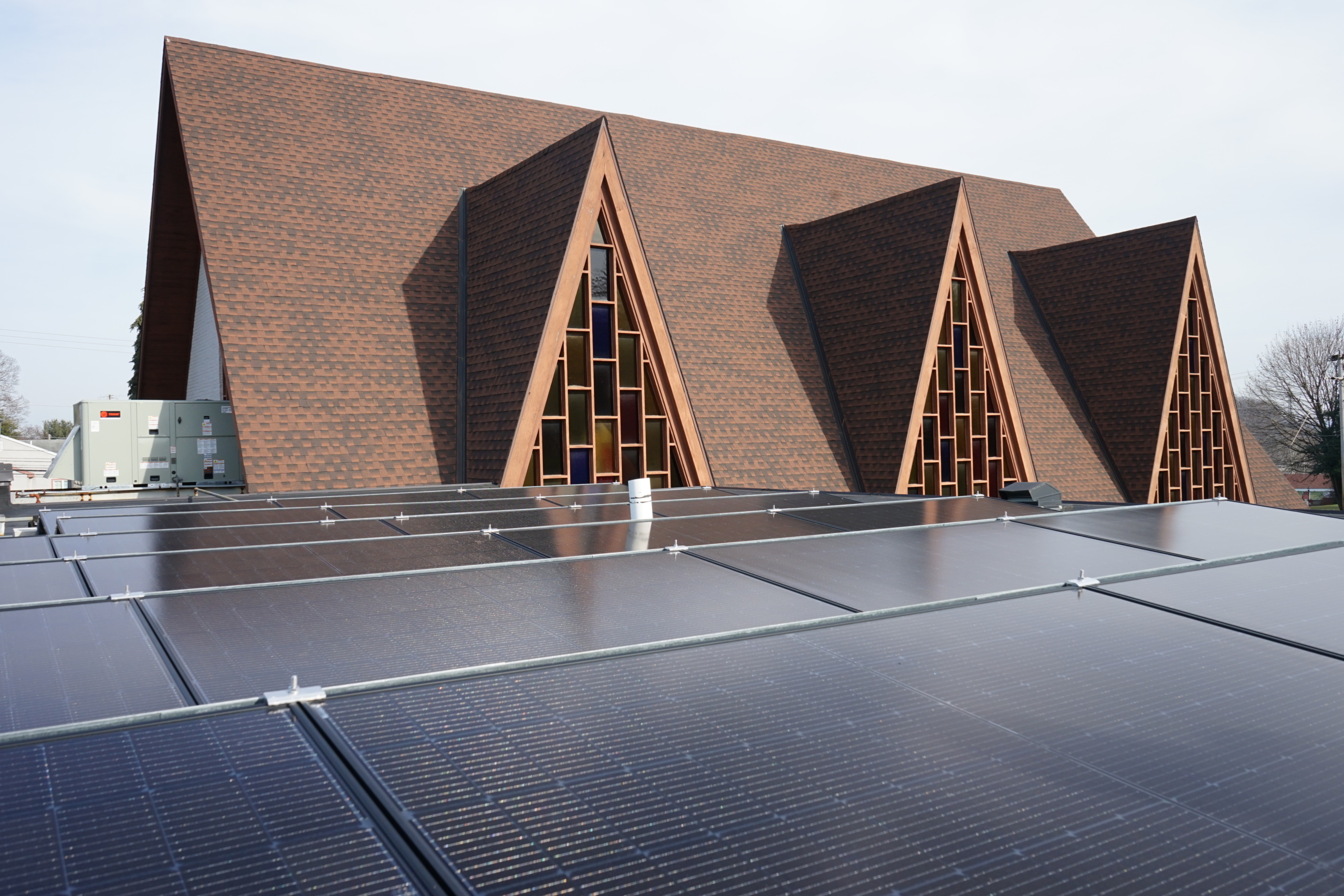
Navigating Inflation Reduction Act Benefits as a Non-Profit
